By Doug Ward
The evaluation of teaching generally looks like this:
Students hurriedly fill in questionnaires at the end of a semester, evaluating an instructor on a five-point scale. The university compiles the results and provides a summary for each faculty member. The individual scores, often judged against a department mean, determine an instructor’s teaching effectiveness for everything from annual reviews to evaluations for promotion and tenure.
That’s a problem. Student evaluations of teaching provide a narrow, often biased perspective that elevates faculty performance in the classroom above all else, even though it is just a small component of teaching. Even as faculty members work to provide a multitude of opportunities for students to demonstrate understanding, and even as their research receives layers of scrutiny, teaching continues to be evaluated by a single piece of evidence.

The Center for Teaching Excellence hopes to change that in the coming years, with the help of a $612,000 grant from the National Science Foundation. Through the grant, CTE will offer mini-grants to departments that are willing to adopt a richer evaluation of teaching and adapt a rubric we have developed to aid the evaluation process. The rubric draws not only on student voices but also on peer evaluations and on material from the faculty member, including syllabi, assignments, evidence of student learning, assessments, and reflections on teaching.
The grant project involves departments that fall under the umbrella of STEM, or science, technology, engineering and math, but we plan to expand involvement to humanities and professional schools. It will focus on the evaluation of teaching, but our goals extend beyond that. The reliance on student evaluations has in many cases hindered the adoption of evidence-based teaching practices, which emphasize student learning as the central outcome of instruction. These practices have resulted in deeper learning and greater success for students, in addition to closing gaps between majority and minority groups. So by helping create a richer evaluation of faculty teaching, we hope to help departments recognize the work that faculty members put into improved student learning.
As the project unfolds, four to five departments will receive mini-grants in the coming year and will work with CTE staff members to develop a shared vision of high-quality teaching. We will add departments to the program in the next two years. Those departments will adapt the rubric so that it aligns with their disciplinary goals and expectations. They will also identify appropriate forms of evidence and decide how to apply the rubric. We envision it as a tool for such things as evaluation for promotion and tenure, third-year review, annual review, and mentoring of new faculty members, but the decision will be left to departments.
Representatives of all the KU departments using the rubric will form a learning community that will meet periodically to share their approaches to using the rubric, exchange ideas and get feedback from peers. Once a year, they will have similar conversations with faculty members at two other universities that have created similar programs.
The KU grant is part of a five-year, $2.8 million project that includes the University of Massachusetts, Amherst, the University of Colorado, Boulder, and Michigan State University. UMass and Colorado will also work to improve the evaluation of teaching; a researcher from Michigan State will create case studies of the other three campuses. Andrea Greenhoot, director of CTE; Meagan Patterson, a faculty fellow at CTE; and I will oversee the project at KU. The project grew from conversations at meetings of the Bay View Alliance, a group of North American research universities working to improve teaching and learning on their campuses. KU, Colorado and Massachusetts are all members of the alliance.
We see this as an important step in recognizing the intellectual work that goes into teaching and in elevating the role of teaching in the promotion and tenure process. In doing so, we hope to help faculty make their teaching accomplishments more visible and to elevate the importance of student learning.
Doug Ward is the associate director of the Center for Teaching Excellence and an associate professor of journalism. You can follow him on Twitter @kuediting.



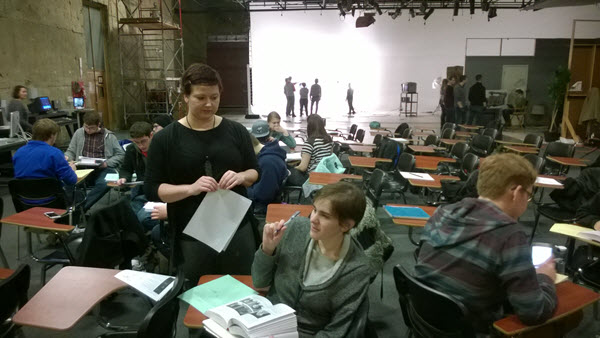
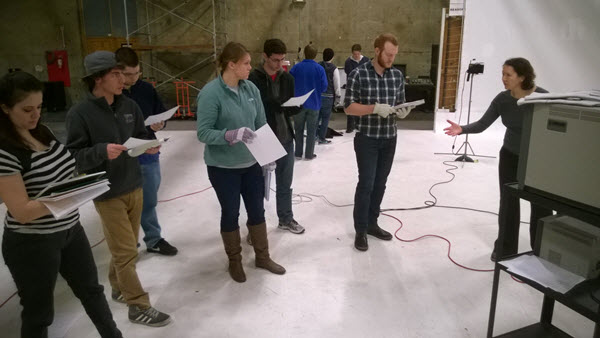
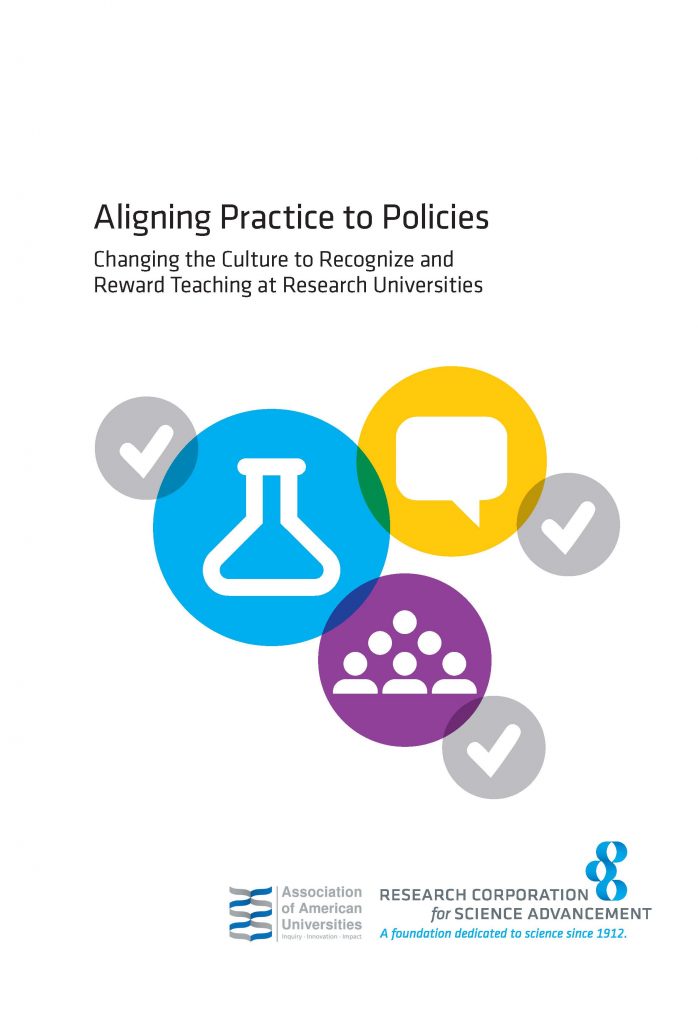


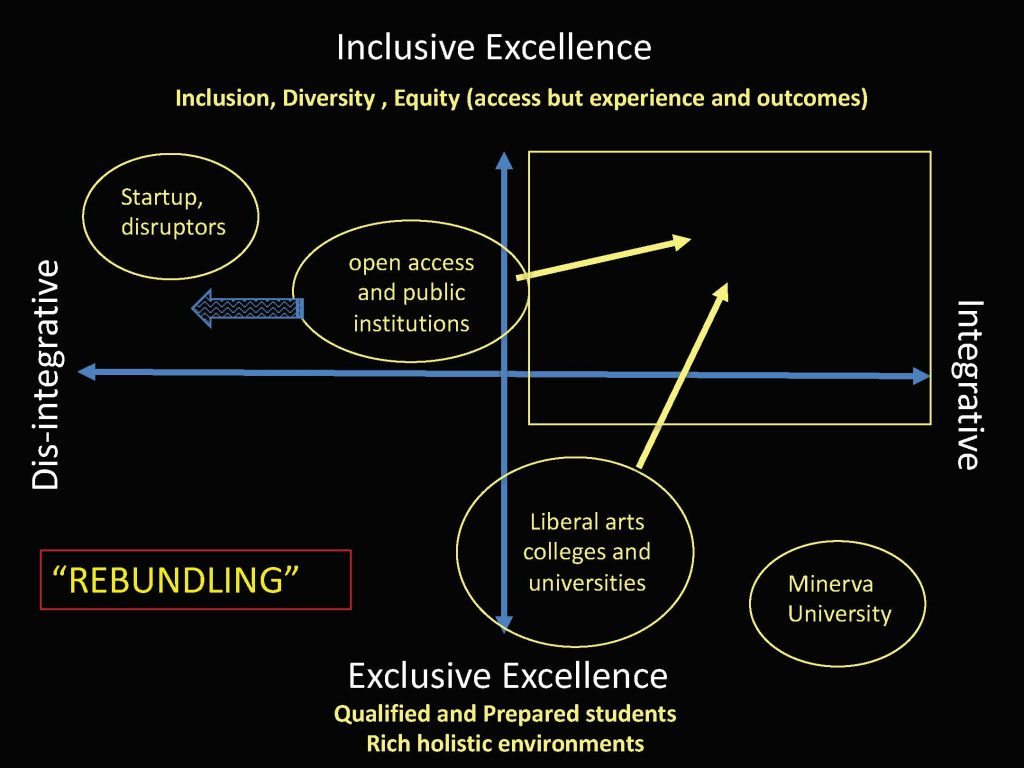

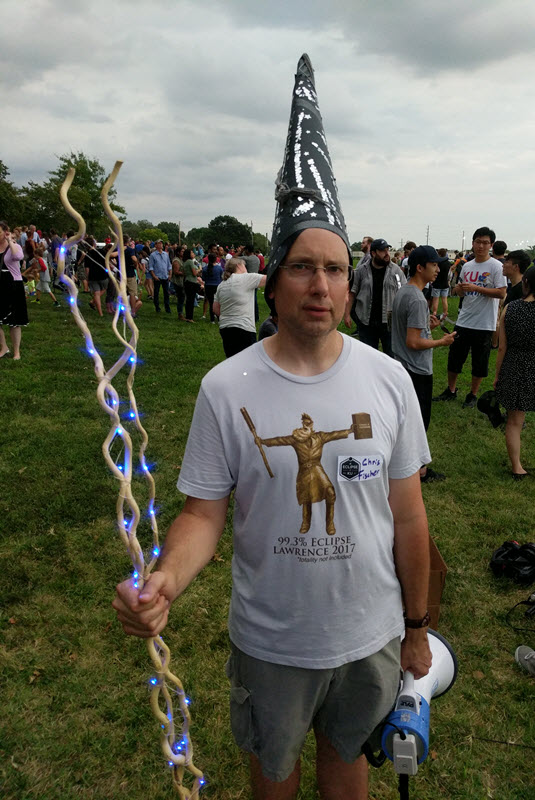

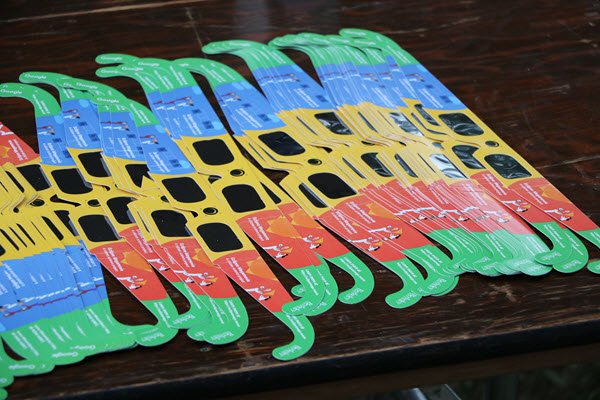
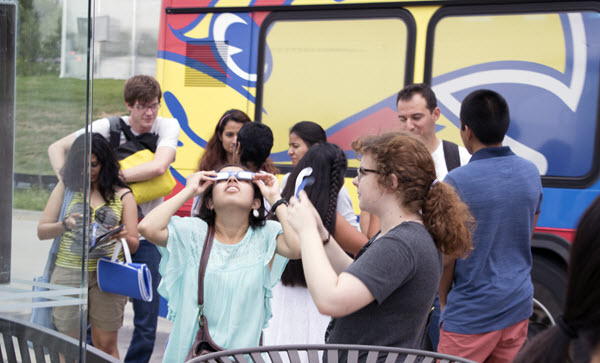
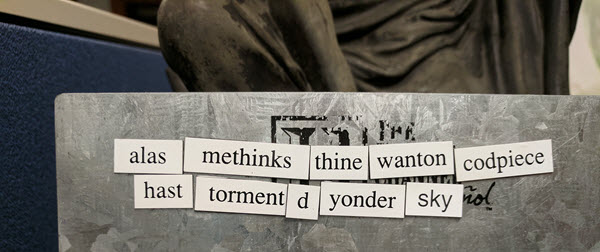
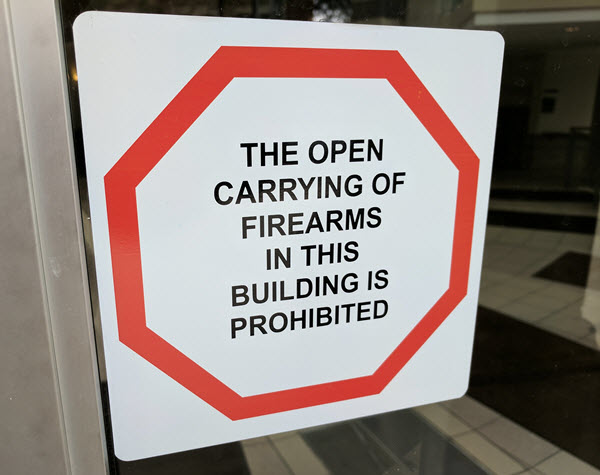
Recent Comments